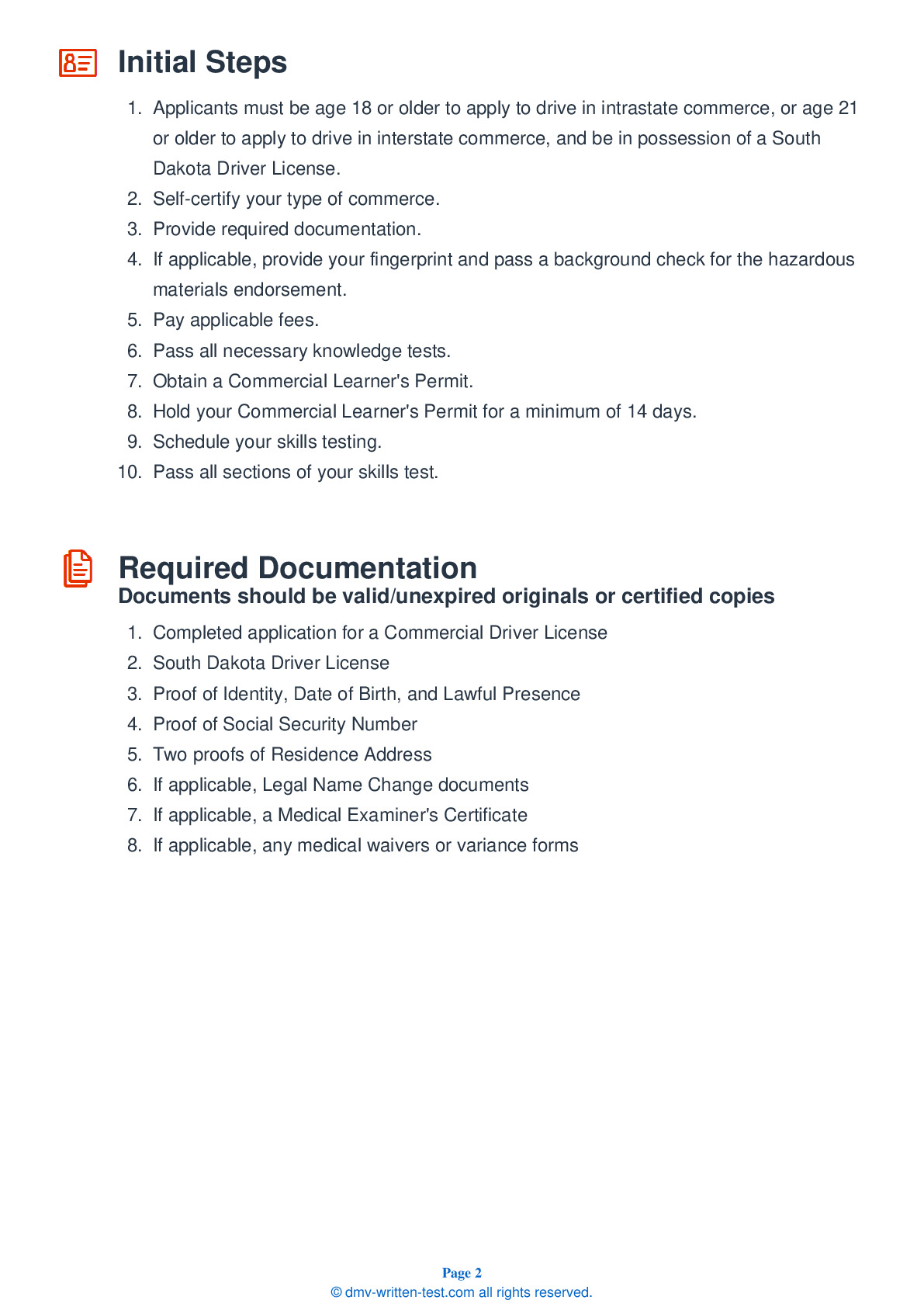Combination
All applicants who are applying for a Class A CDL should be prepared to take the Combination test. This test covers information found in Section 6 of the Commercial Driver License Manual. Section 6 provides the information needed to safely operate tractor-trailers, doubles, triples, and straight trucks with trailers. The test is made up of 20 multiple-choice questions, and applicants will need to correctly answer a minimum of 16 questions to pass. The Combination test is not a replacement for the Double/Triple endorsement test.
Number of Question
Passing Score
1. Combination vehicles are usually:
Explanation
Driving combination vehicles requires more skill than driving single commercial vehicles. Combinations are generally longer, generally heavier, and are more vulnerable to rollover.
2. What is a bobtail?
Explanation
Tractors without semi-trailers are referred to as bobtail tractors. Operating a bobtail tractor requires drivers to exercise caution.
3. If unsure if a trailer has an Anti-Lock Braking System (ABS), you can:
Explanation
If you do not know whether or not a trailer is equipped with ABS, look under the vehicle for the electronic control unit and wheel speed sensor wires coming from the back of the brakes.
4. Which of the following types of vehicles is most prone to the “crack-the-whip" effect?
Explanation
Double and triple combinations are the most vulnerable to turning over as a result of the "crack-the-whip" effect.
5. Fully-loaded rigs:
Explanation
Because the weight of cargo gives them a higher center of gravity, fully-loaded rigs are 10 times more likely to roll over in a crash than empty rigs.
6. Using the trailer hand valve while driving:
Explanation
Never use the trailer hand valve while operating your vehicle. Using the trailer hand valve while driving can cause your trailer to skid.
7. When entering or crossing traffic while driving a combination vehicle, it is especially important that you:
Explanation




